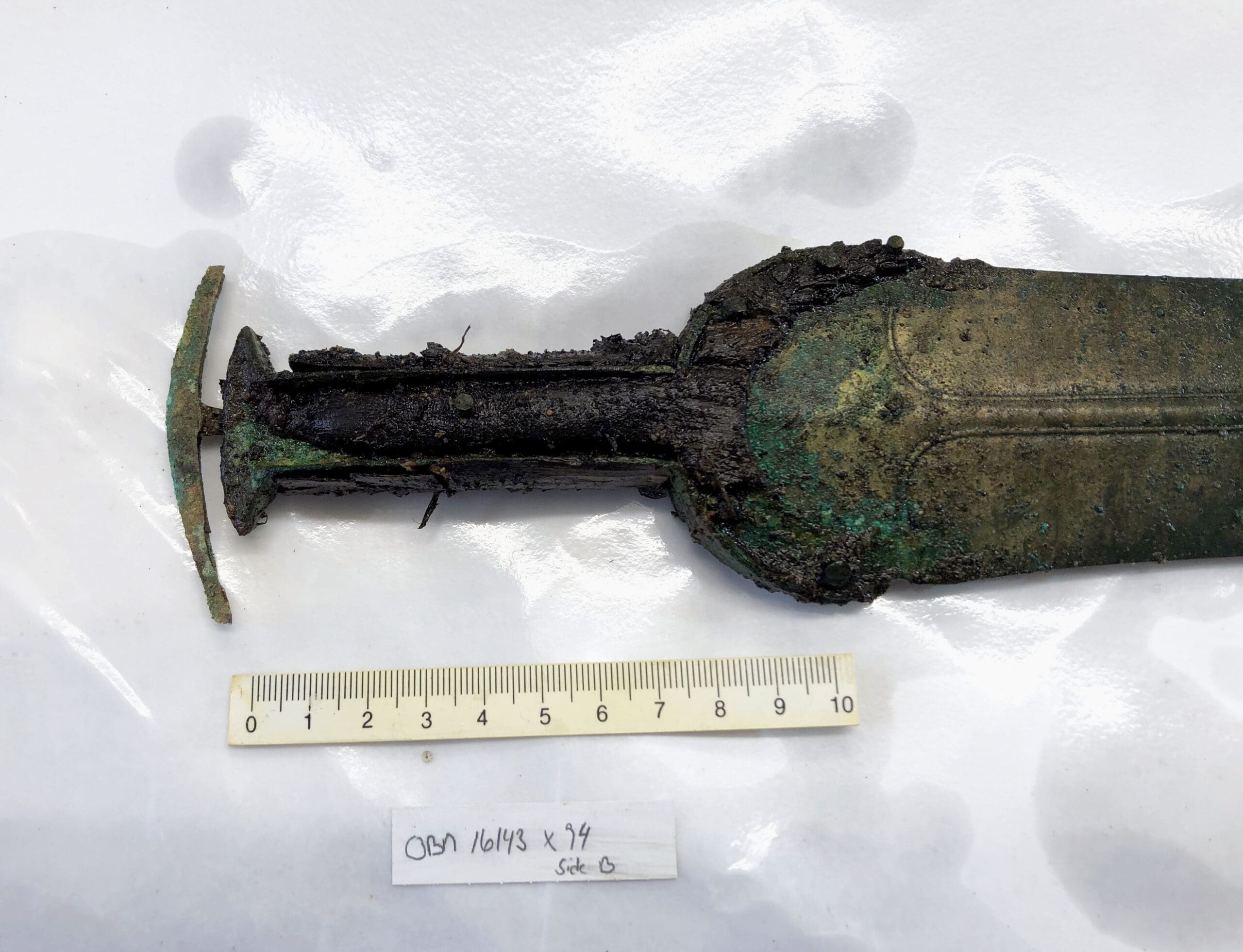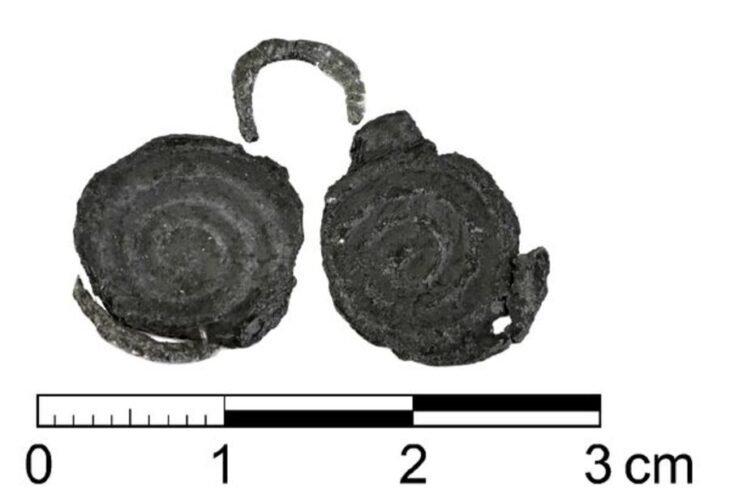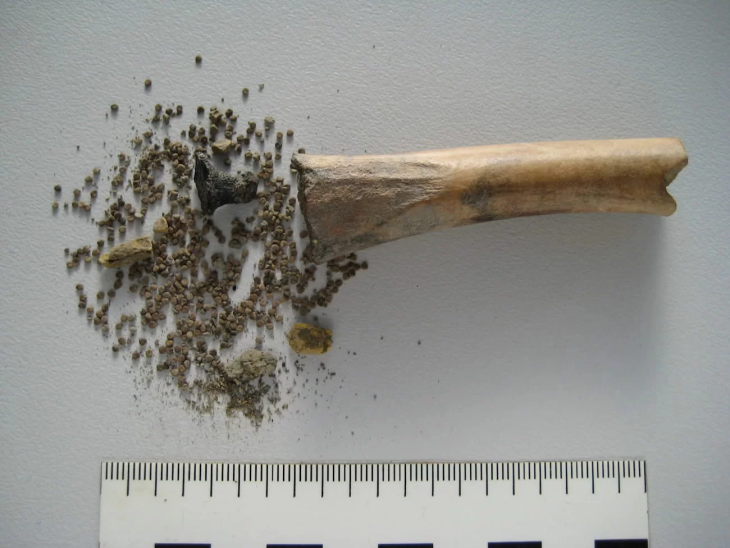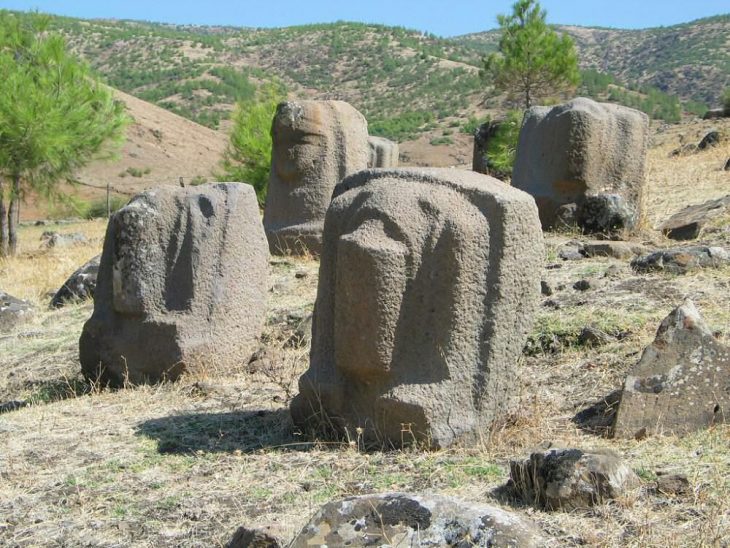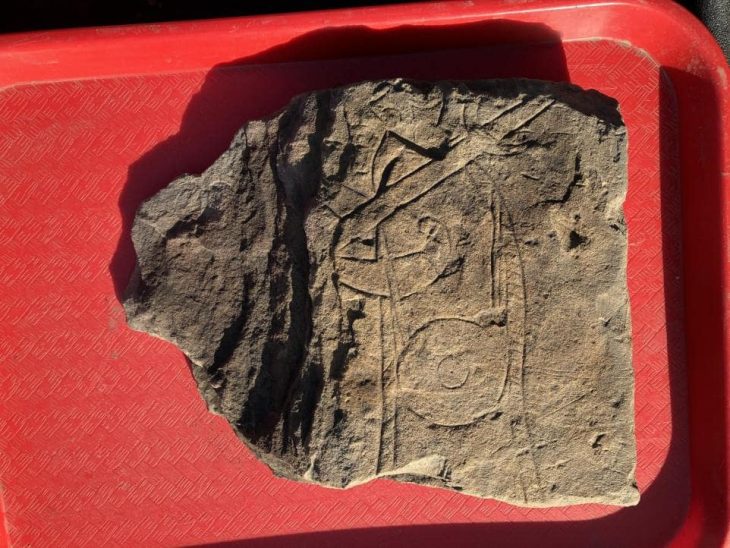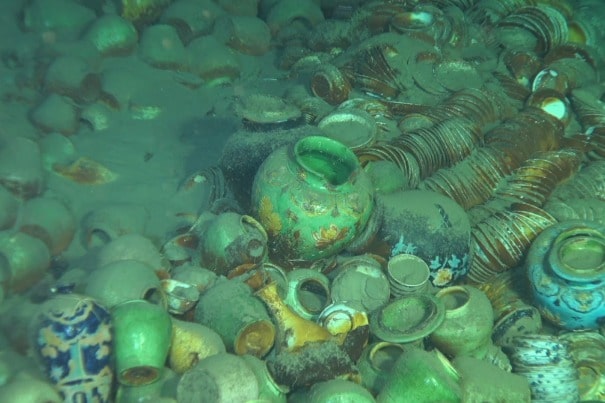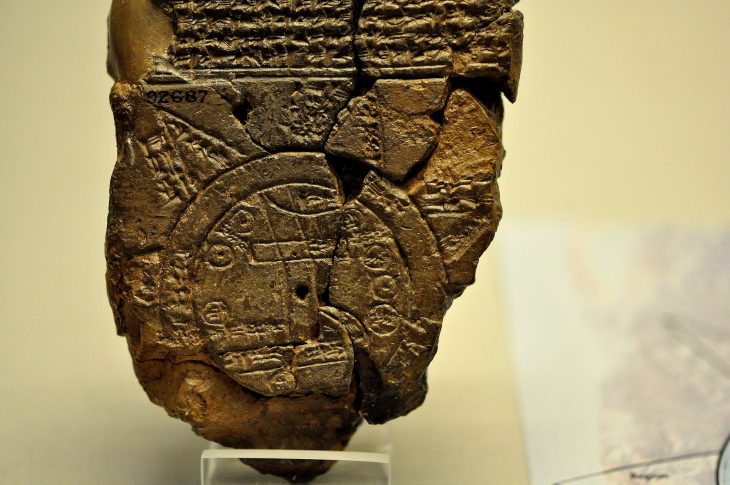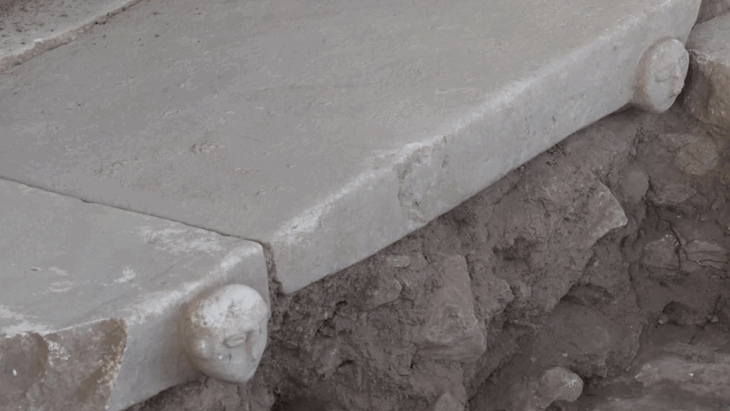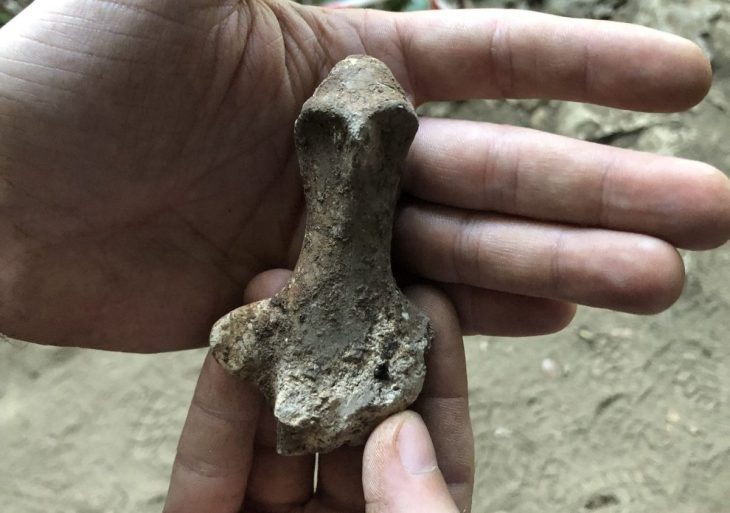Archaeologists excavating the village of Håre on the island of Funen in Denmark have discovered an ornate Bronze Age sword dating back some 3,000 years.
Researchers at the Odense City Museum made the discovery during a year-long rescue excavation on an ancient settlement along the planned natural gas pipeline route.
The sword dates from Phase IV of the Bronze Age and was placed as a solemn offering in a pit wrapped in Bast fibers. During this period, valuable metals were mainly imported from Central Europe and were often produced locally.
Chief Inspector Jesper Hansen described the sword as “completely unique.” The bronze blade weighing 1.3 kg is relatively intact, and the hilt is made of wood, horns, and tacks.
The archaeologist carefully lifted the blade and transported it to the museum department for further preservation and protection.
📣 Our WhatsApp channel is now LIVE! Stay up-to-date with the latest news and updates, just click here to follow us on WhatsApp and never miss a thing!!

The handle assembly and winding device are removed for individual research, and samples of various materials (plant fiber, horn, and wood) will be submitted for carbon 14 dating to accurately confirm the age of the sword.
Further research will be carried out on the intermetallic compounds of swords and their mixtures to determine the specific metal alloy from which the sword is made. Following the restoration work, the sword will be reassembled and exhibited at the Møntergården Cultural History Museum in Odense.
“The sword will be exhibited at Møntergården and our public will probably be notified in advance through the website and Facebook,” the museum said.

